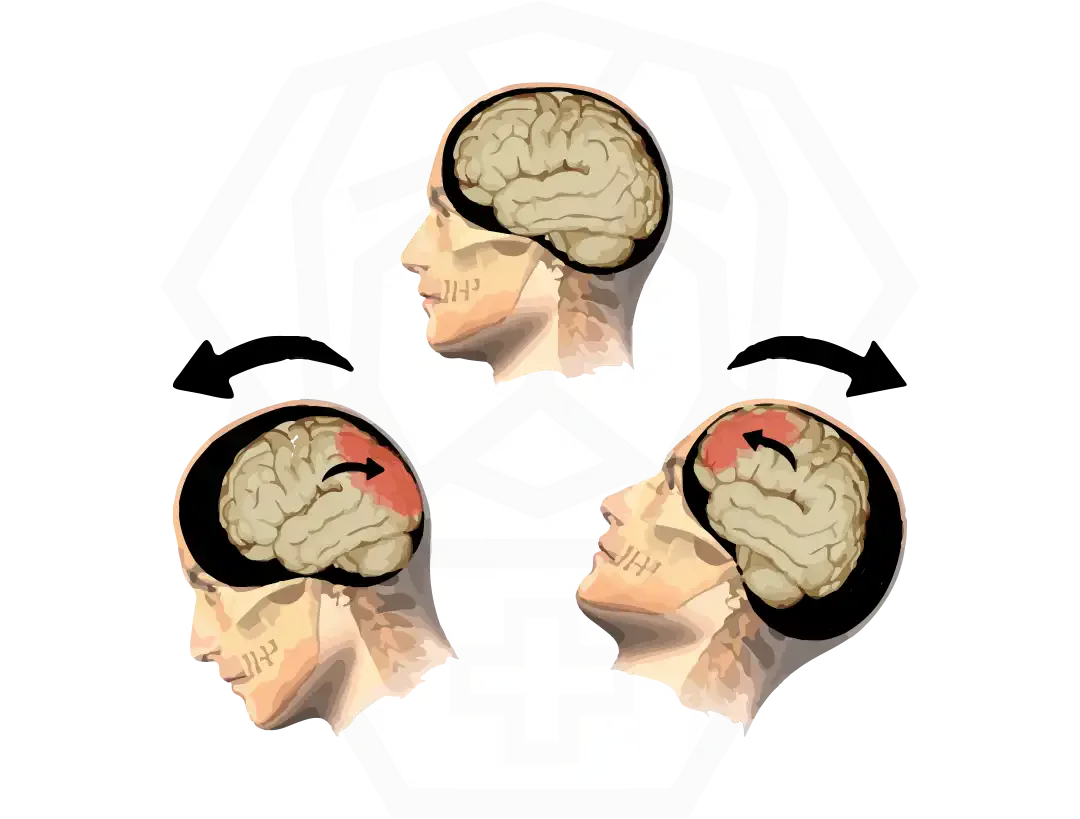September 1th, 2024
Serious fall at the amusement park
A fun time that goes off the rails!
History
A fun time that goes off the rails!
On a hot summer's day, 14-year-old Marc was at an amusement park with his family. The park was packed with laughter and screams, the rides were running at full speed and the atmosphere was festive. Marc, eager for a thrill, had decided to go on a particularly impressive attraction: the rollercoaster.
At the end of the ride, as the train was slowing down to return to the station, something unexpected happened. A mechanical fault brought the train to a sudden halt several metres from the disembarkation platform. Panic-stricken, some passengers tried to get up despite the safety instructions. Marc, unbalanced by the sudden movement of the train, lost his balance and fell heavily to the ground from a height of several metres.
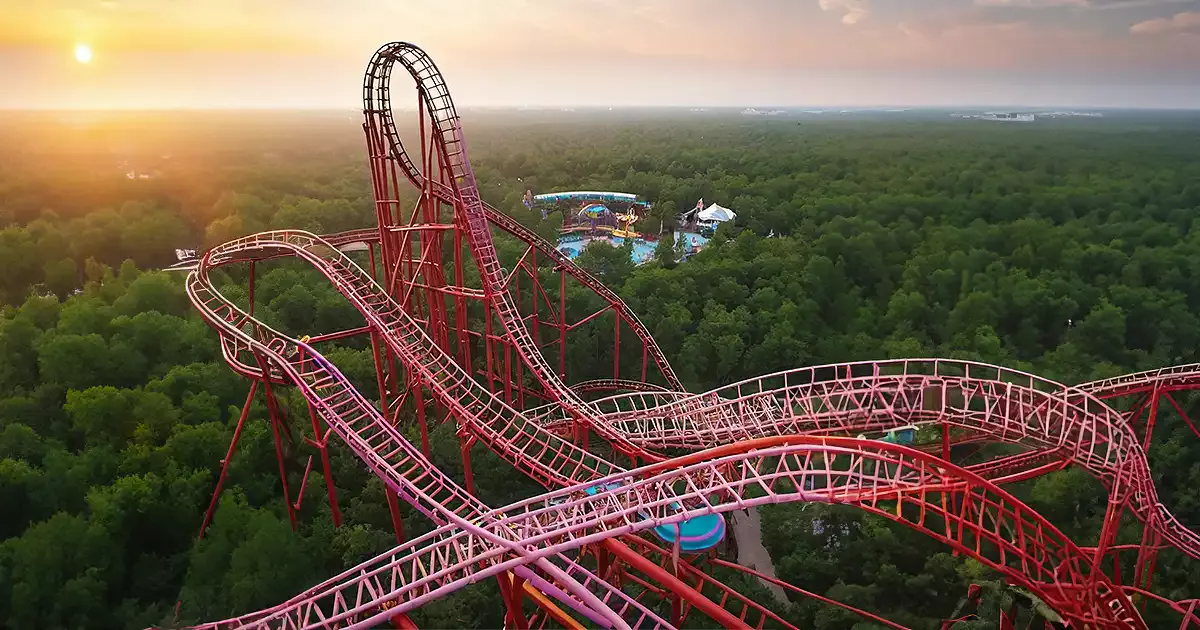
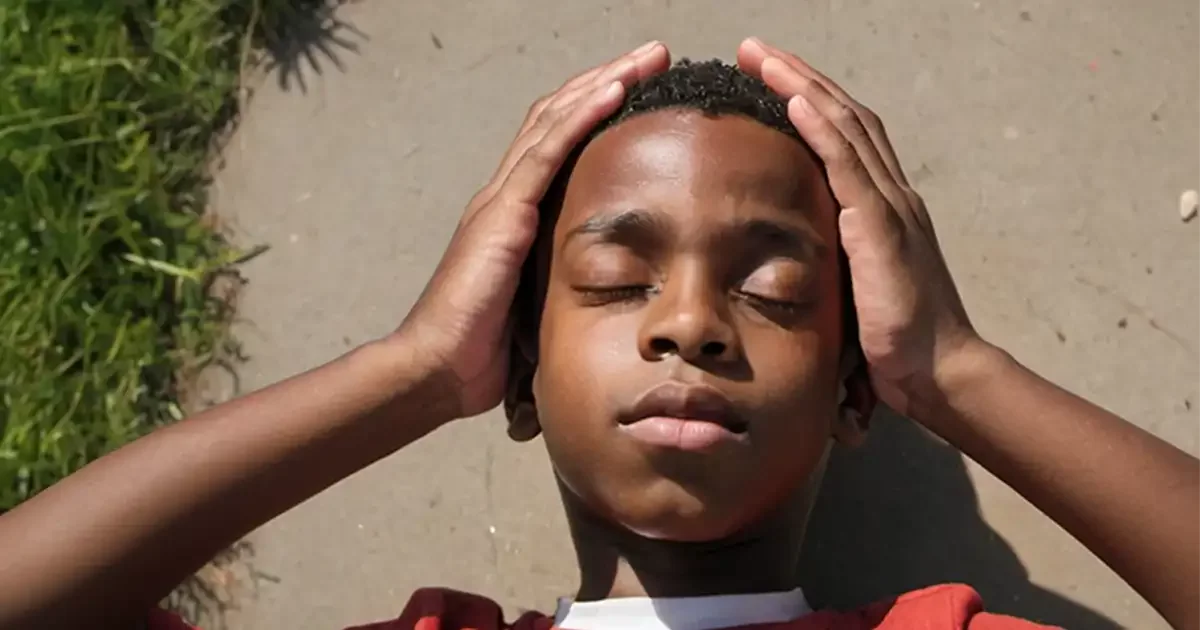
A crowd of visitors immediately gathered around Marc, some shouting for help. Fortunately, among them was Clara, a woman in her forties, trained in first aid and a member of a volunteer rescue team.
"Don't move, I'm a first aider," Clara announced as she knelt down next to Marc. "I'll help you, but please don't move.
Seeing Marc unconscious, Clara knew the situation was serious. She asked another passer-by, a large man in his thirties, to help her. "Can you hold his head in a neutral position? Keep it in line with his neck and back, and don't let his head move," she asked. "Make sure he's still breathing by watching feeling and listening to his breathing. If you notice any changes, please let me know immediately," she finished before assessing Mark's general condition.
The man nodded and knelt carefully behind Marc's head, using his hands to gently but firmly steady Marc's head, preventing any movement.
Clara began by assessing Marc's condition. She checked his breathing by listening and trying to feel Marc's breathing and by looking at his chest for any breathing movements. She found that he was still breathing, but irregularly. She quickly inspected his body for any visible fractures or haemorrhages, noticing a possible fracture in his left arm and bruising on his chest.
"Marc, stay calm. I'll look after you," she said, even though Marc was unconscious. She used a walkie-talkie to call the park's professional paramedics.


While waiting for them to arrive, Clara improvised a splint for Marc's injured arm using items she had found around her and a scarf she was wearing. She continued to monitor his breathing and reassure the other worried passers-by.
When the park's medical team arrived, Clara quickly informed them of Marc's condition and the measures she had taken. They then took over to transport Marc safely to the ambulance.
After this incident, Marc was taken to hospital where he received the necessary treatment. His family, although very worried, were relieved to know that he had been cared for quickly and effectively.
In resume
Following his serious fall, Marc received valuable assistance from Clara, a first-aider, who was able to intervene quickly and effectively to stabilise his injuries and calm the situation. Thanks to her intervention, Marc was transported safely to hospital.
This event is a reminder of the importance of first aid training and the presence of qualified first aiders in public places.
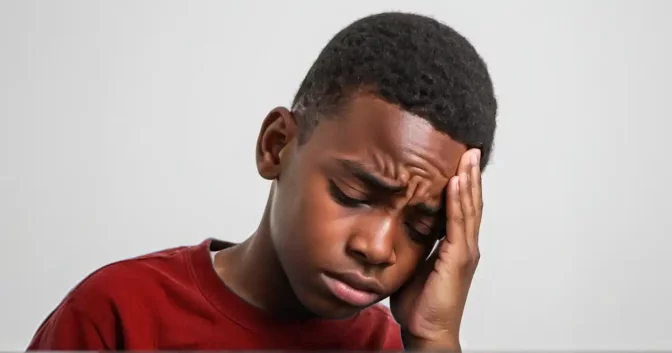
PROTOCOLE OF INTERVENTION
By understanding the key steps in the protocol and putting them into practice, we can be better prepared to react quickly and correctly in the event of a similar emergency. So let's learn together the essential steps to take to provide optimum assistance in such situations.
1) REASSURANCE AND ASSESSMENT
Speak calmly and reassure.
Check breathing (listen, look, feel)
Look for visible signs of injury.
2) MAINTAIN POSITION AND EXAMINE WOUNDS
Ask a third person to hold the victim's head in a neutral position, in line with the neck and back.
Look for fractures, haematomas or other visible injuries.
3) STABILISE INJURIES AND CALL FOR HELP
Use available objects to immobilise the injured limbs (improvise a splint).
Wrap wounds with slings or other sterile materials if available.
Use a means of communication to contact professional help.
4) MONITOR THE VICTIM AND INFORM EMERGENCY SERVICES
Stay with the victim, monitor breathing and general condition.
Provide details of the victim's condition and the measures taken as soon as professional help arrives.
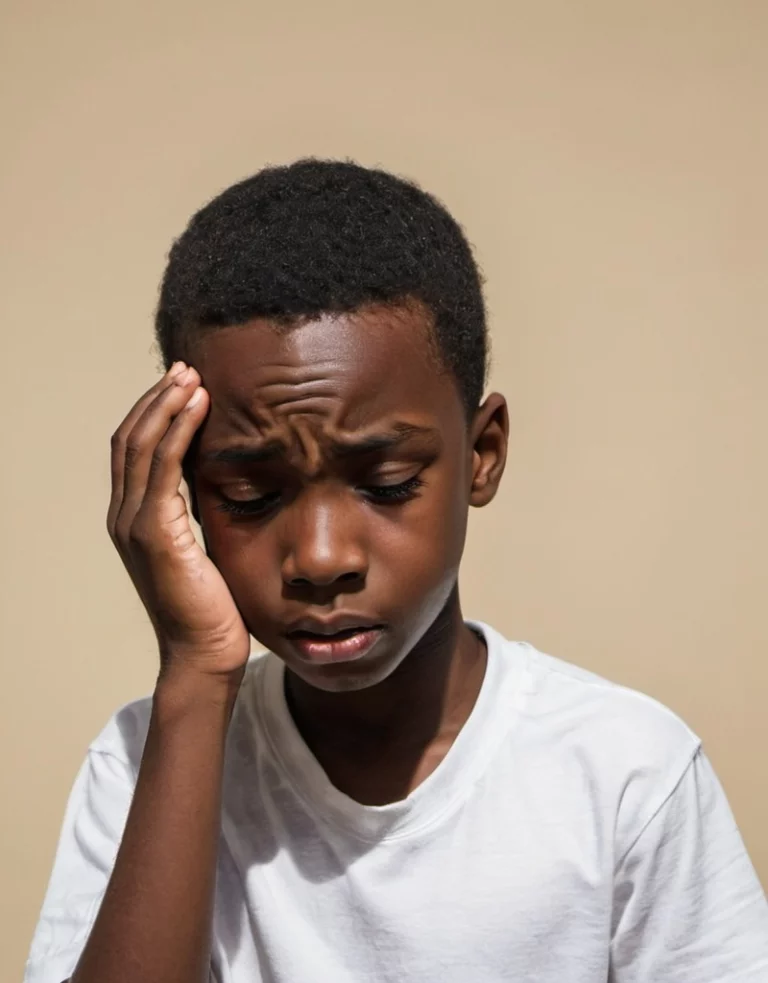
Serious injury
cranial impact
Even if the symptoms are not immediately visible, cranial impacts can be serious. It is therefore vital to be vigilant in identifying the presence of trauma and to provide the necessary first aid as quickly as possible.
SIGNS TO WATCH FOR
• Loss of consciousness (even if brief).
• Severe headache, nausea or vomiting.
• Dizziness, confusion or blurred vision.
• Clear fluid coming out of the nose or ears.
ACTIONS TO BE TAKEN
• Stay with the victim.
• Do not allow them to resume their activities immediately.
• Call emergency services if any of the symptoms are present.
Importance of training
This fictional situation shows us that real knowledge in terms of first aid is essential during life-threatening events. Rapid and appropriate intervention can also significantly promote healing and recovery from a serious injury. Mastering the knowledge of a complete first aid course can be useful in many critical situations, and even in accidental everyday care.
Conclusion
It's vital to know how to react when faced with an emergency situation, even one that initially seems minor. Marc's story reminds us of the importance of remaining calm and being ready to intervene when someone is injured. By following first aid protocols and being aware of the signs of serious injuries such as head impacts, we can all play a crucial role in the safety and well-being of others. By bearing in mind the advice and reminders set out in this article, we are better equipped to deal with emergencies and offer effective assistance to those in need.
Written by Alexandre Grenier, Founder of Académie Saint-Bernard
Layout and revised by Roxanne Duchesneau, Graphic Designer
